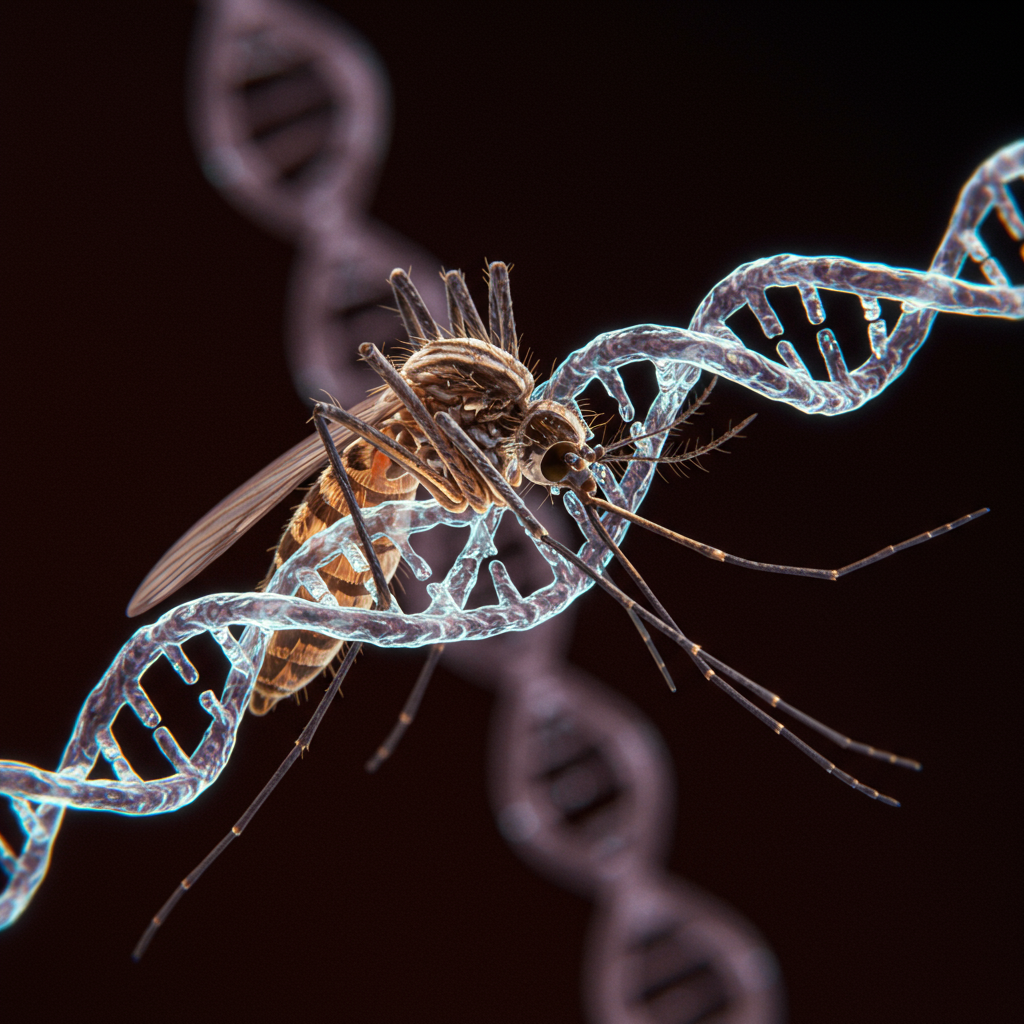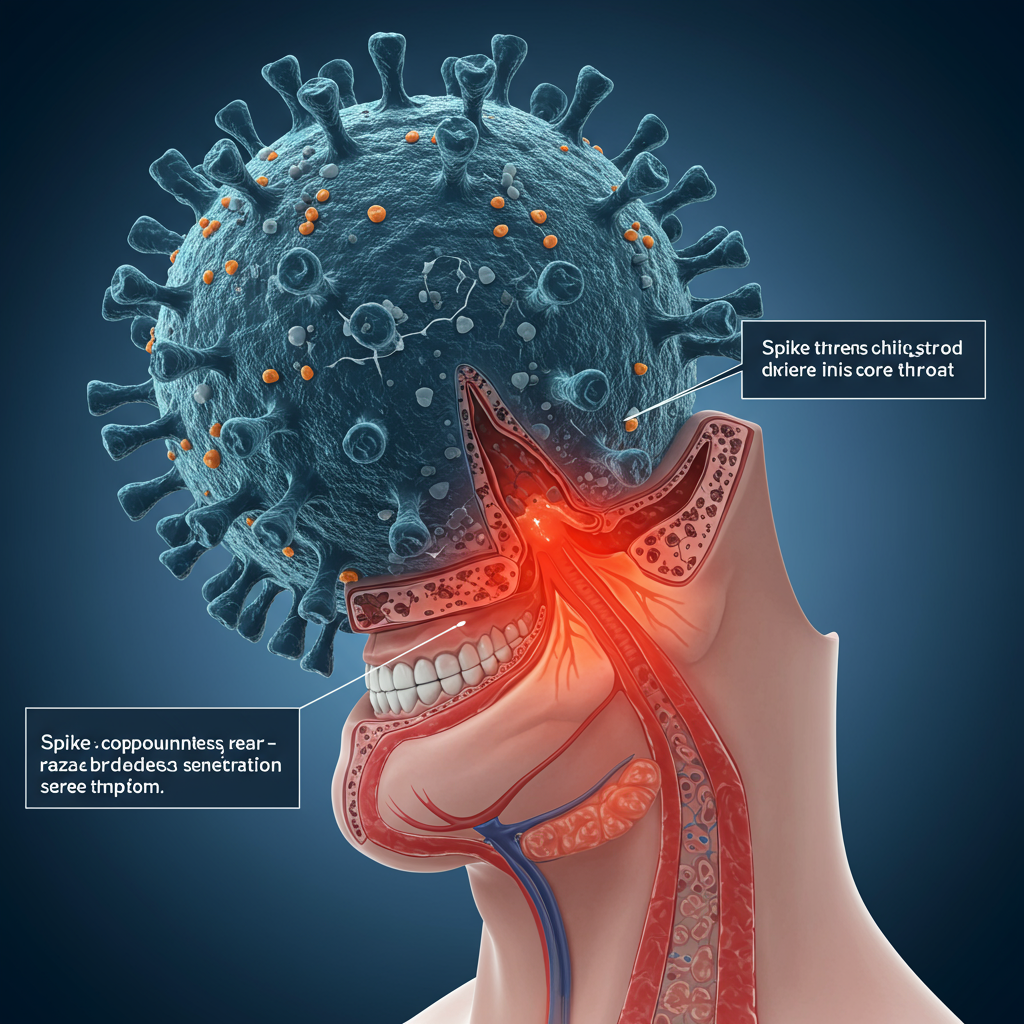Malaria remains a devastating global health crisis, impacting millions and claiming hundreds of thousands of lives each year. Despite ongoing efforts, this mosquito-borne disease continues to pose a formidable challenge to public health worldwide. However, a groundbreaking scientific advancement offers new hope. Researchers have discovered a precise genetic tweak that could fundamentally halt the ability of Anopheles mosquitoes to transmit the malaria parasite. This novel gene-editing strategy represents a significant leap forward in the relentless fight against malaria, potentially transforming how we approach disease control in the future.
Understanding Malaria’s Complex Transmission Cycle
Malaria isn’t simply a mosquito bite; it’s an intricate dance between the parasite, the mosquito, and humans. The journey of the Plasmodium parasite, responsible for malaria, within its mosquito host is remarkably complex. For a mosquito to become a vector, it must first feed on the blood of a human infected with malaria. This act introduces the Plasmodium parasites into the insect’s gut.
From there, the parasites embark on a critical internal migration. They must successfully travel from the mosquito’s digestive system to its salivary glands. Once settled in these glands, the parasites are poised for their next step: injection into a new human host through the mosquito’s subsequent bite. This complex cycle was famously elucidated by Sir Ronald Ross, a British doctor who won the Nobel Prize in 1902 for his pivotal discovery of the parasite within the Anopheles mosquito, confirming its role as the disease vector. Interrupting this crucial journey within the mosquito is key to preventing transmission.
A Single Amino Acid Change: A Game Changer
A team of innovative scientists has found a precise way to disrupt this parasitic odyssey. Using advanced CRISPR gene-editing technology, they made a minuscule alteration to the mosquito’s genome. This modification involved changing just a single amino acid within a specific gene called FREP1. While the FREP1 gene is generally involved in the mosquito’s blood-feeding process, it also plays an unexpected, vital role for the Plasmodium parasite in its journey to the salivary glands.
The impact of this tiny edit was profound in laboratory settings. Mosquitoes engineered with this specific FREP1 variant showed a dramatic reduction in infective parasites. While non-edited mosquitoes harbored thousands of parasites in their salivary glands, the modified mosquitoes had a median of zero. Significantly fewer parasites were also detected in their guts. This remarkable finding, detailed in a Nature study, demonstrates a highly effective resistance to malaria transmission. Experts, including entomologist Fred Gould, highlight the significance of such a minor genetic change yielding such a substantial outcome. Despite this targeted disruption of parasite development, the gene-edited mosquitoes appeared completely healthy otherwise.
Leveraging Gene Drive for Widespread Impact
For this genetic intervention to make a real difference in wild mosquito populations, the beneficial trait needs to spread rapidly. This is where gene drive technology comes into play. Gene drives are unique genetic sequences that defy the normal 50-50 rules of inheritance. Instead, they ensure that a specific mutation or gene is passed on to nearly all offspring, not just half.
This powerful genetic tool enables the rapid dissemination of desired traits throughout a population. Researchers successfully demonstrated this in the laboratory. The anti-malarial gene variant spread to over 90% of their test mosquito population within just 10 generations. This indicates the potential for gene-edited mosquitoes to transform malaria-transmitting populations in the wild. George Dimopoulos, a study co-author, envisions these mosquitoes spreading independently, gradually converting wild populations into non-transmitters of malaria.
Navigating the Ethical Landscape and Practical Challenges
Despite its immense promise, gene drive technology is not without controversy. Critics raise serious concerns about its potential for far-reaching, unpredictable negative consequences. Environmental non-profits, such as Friends of the Earth, warn that because gene drives alter normal inheritance patterns, these genetic changes could persist for a very long time, possibly permanently.
Worries include the risk of unintended mutations spreading quickly through a population. Such unforeseen changes could potentially disrupt the delicate balance of ecosystems before scientists could intervene. For instance, altering mosquito populations could impact species that rely on mosquitoes as a food source, like birds and bats. The scientific community is actively exploring various gene-editing strategies, including those aimed at suppressing mosquito populations entirely by inducing infertility. However, these methods also face similar ecological concerns.
The researchers behind this specific gene-editing approach highlight a key difference. Their method involves a subtle “tweak” to an existing, naturally occurring gene variant, rather than introducing entirely new genetic material. Molecular biologist Anthony James suggests this might make the technique “marginally more acceptable” to those wary of genetic engineering. Nevertheless, the path to implementation is long. Field tests are still years away, and widespread deployment will necessitate significant buy-in and approval from local communities and governments.
The Unfinished Fight: Why New Tools Are Crucial
Malaria’s enduring grip on global health underscores the urgent need for innovative solutions. Despite decades of concerted effort, traditional control methods like insecticide-treated bed nets and antimalarial drugs have not been enough to eradicate the disease. Annually, malaria infects hundreds of millions and remains a leading cause of death, particularly in vulnerable populations.
The Global Malaria Action Plan (GMAP), an ambitious strategy launched following the establishment of World Malaria Day on April 25th, aimed for global eradication. While it fostered collaboration and emphasized control, elimination, and research, it faced significant hurdles. Inadequate funding and insufficient healthcare infrastructure, particularly in hard-to-reach, high-burden areas, slowed progress. Infection rates in these regions have largely remained unchanged, pushing the realistic eradication timeline to 2050.
Even successful programs face challenges. For instance, the U.S. Agency for International Development (USAID)’s Neglected Tropical Diseases (NTD) Program, which leverages pharmaceutical donations for mass drug administration, has seen recent funding freezes. While primarily targeting diseases like river blindness, these programs also provide collateral public health benefits, including reducing malaria incidence. Cuts to such initiatives threaten to unravel decades of progress, highlighting the fragility of global health efforts and the critical need for diversified and resilient strategies. New genetic tools are not a silver bullet, but they are increasingly seen as an indispensable part of a multi-faceted approach needed to finally overcome this resilient disease.
The Future of Malaria Control: A Multi-Pronged Approach
The development of gene-edited mosquitoes represents a significant scientific milestone. It offers a powerful new tool in the fight against malaria, one that could profoundly reduce transmission rates. This approach specifically targets the parasite’s ability to thrive within the mosquito, rather than trying to eliminate the mosquito population itself, potentially mitigating some ecological concerns.
However, the scientific community recognizes the importance of having multiple strategies available. The malaria parasite is known for its ability to evolve resistance to new interventions, including drugs like Artemisinin – a vital antimalarial derived from the sweet wormwood plant. Artemisinin-based combination therapies (ACTs) are crucial precisely because they employ multiple agents to reduce the likelihood of resistance developing. Similarly, a layered approach to mosquito control and disease prevention, combining genetic innovations with existing tools like vaccines, improved diagnostics, and sustained public health infrastructure, offers the most robust pathway to a malaria-free future. Continued research, careful ethical considerations, and strong international collaboration will be vital in bringing these promising scientific breakthroughs from the laboratory to the communities most affected by malaria.
Frequently Asked Questions
How does this genetic tweak actually prevent malaria transmission?
The genetic tweak involves changing a single amino acid in the mosquito’s FREP1 gene. This gene is crucial for the mosquito to feed on blood, but it’s also mysteriously important for the Plasmodium parasite’s journey inside the mosquito. The specific change disrupts the parasite’s ability to travel from the mosquito’s gut to its salivary glands. By largely preventing the parasite from reaching the salivary glands, the mosquito cannot inject it into a new human host through a bite, thereby stopping malaria transmission.
When might this gene-edited mosquito approach be available for public health?
This gene-edited mosquito approach is still in its early stages of development and is not yet ready for public health deployment. Researchers indicate it will likely be several years before field tests can begin. Before any release into the wild, it will require extensive evaluation of its safety, efficacy, and environmental impact. Crucially, it also necessitates significant buy-in and approval from local communities, governments, and international health organizations in malaria-affected regions.
What are the main ethical concerns surrounding gene drive technology for malaria control?
The primary ethical concerns about gene drive technology center on its potential for unintended and irreversible environmental consequences. Because gene drives override normal inheritance patterns, any genetic changes introduced could persist permanently and spread rapidly through wild populations. Critics worry about unforeseen mutations affecting other parts of the mosquito’s genome or altering the delicate balance of ecosystems if mosquito populations are significantly changed or suppressed, for example, by removing a food source for other animals.



